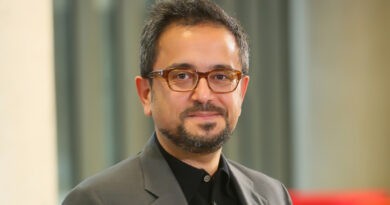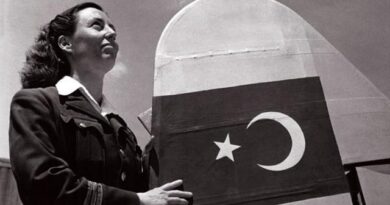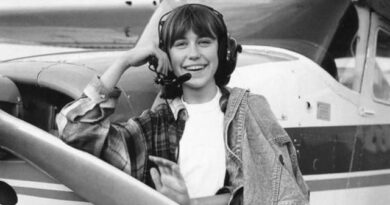Henri Coanda, Pioneer in Aerodynamics
Aside from brave aviators, countless brilliant inventors and engineers have spent a ton of effort to develop the aviation industry. One of these innovative pioneers was Henri Coanda, a Romanian physicist, engineer and inventor. In this article we are going to talk about the life of this significant person who has contributed a lot to aviation.
Early Life of Henri Coanda
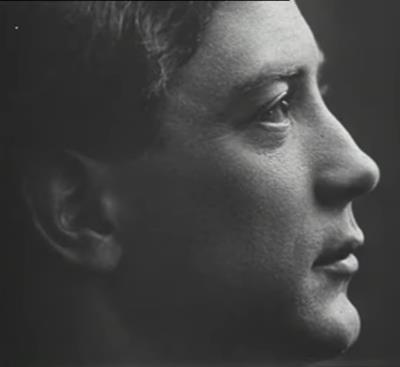
Henri Coanda was born on the 7th of June 1886 in Bucharest, Romania. As a child, the concept of wind amazed him and it is no surprise that his life’s work is focused on aviation and aerodynamics. After finishing his primary education, he started going to a military school due to his father’s request. Following his graduation in 1903, he was sent to Germany, where he started studying engineering in Berlin.
Although he was now a military officer, Coanda wanted to pursue technical studies and he didn’t fit in well in the military. But he went back to Romania to serve as an active military officer. However, he realized he didn’t want a career in the military after some time. As a result, he left the army and took a long trip into Asia. He visited some places in Iran as well as Tibet during this trip.
His Engineering Career
Following his long trip into parts of Asia, Coanda went to Paris in order to study aeronautical engineering in 1909. Just after a year he graduated successfully and started building an aircraft in a friend’s workshop. The aircraft was Coandă-1910, which was named after him and the year when he built it. Although some sources claim that the aircraft never flew, Coanda claimed to have made some tests with it. Nonetheless, it was a unique sesquiplane which was exhibited at International Aeronautic Salon.
He worked in the UK as a technical manager for 3 years before going back to France when the WWI had started. There he designed several aircrafts. After the war he kept pursuing his two passions, travelling and inventing new machines. One of his experimental designs was a flying saucer which was never actually built.
Coanda’s Later Life And Legacy
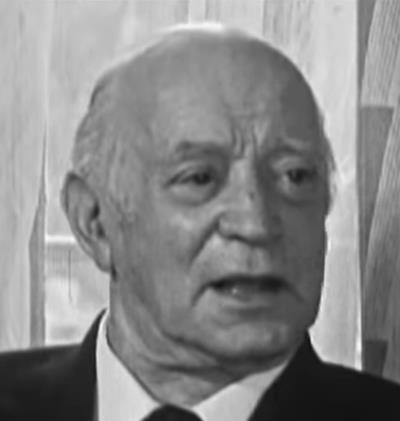
Aside from his designs, Coanda is also known for the Coanda effect. This is an important discovery in aerodynamics which he came up with while studying and working on the subject intensively. Coanda effect was researched by many people and helped us understand a lot about how aerodynamics works.
During the late 1960s Coanda went back to his home country Romania and worked as the director of Institute for Scientific and Technical Creation. Through his later work, Coanda has also contributed a lot to aeronautical engineering, by reorganizing the Department of Aeronautical Engineering of the Polytechnic University of Bucharest.
For his great work as a prominent engineer, Coanda was given many awards during his lifetime, such as the UNESCO Award for Scientific Research. He passed away on the 25th of November 1972 in Bucharest when he was 86 years old. Today the Henri Coandă International Airport is named after him.
Resources
Anon. (n.d.), Henri Coandă, Wikipedia, Retrieved 23 November 2021
< https://en.wikipedia.org/wiki/Henri_Coand%C4%83 >
Anon. (n.d.), Henri Coanda – Famous Inventor, Edubilla, Retrieved 23 November 2021
